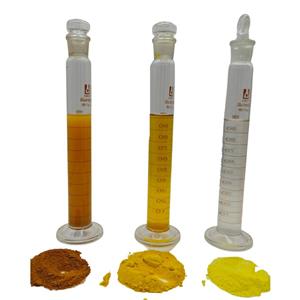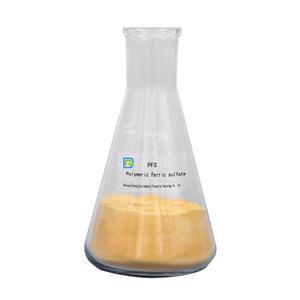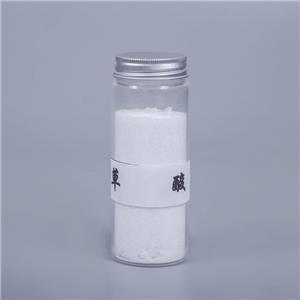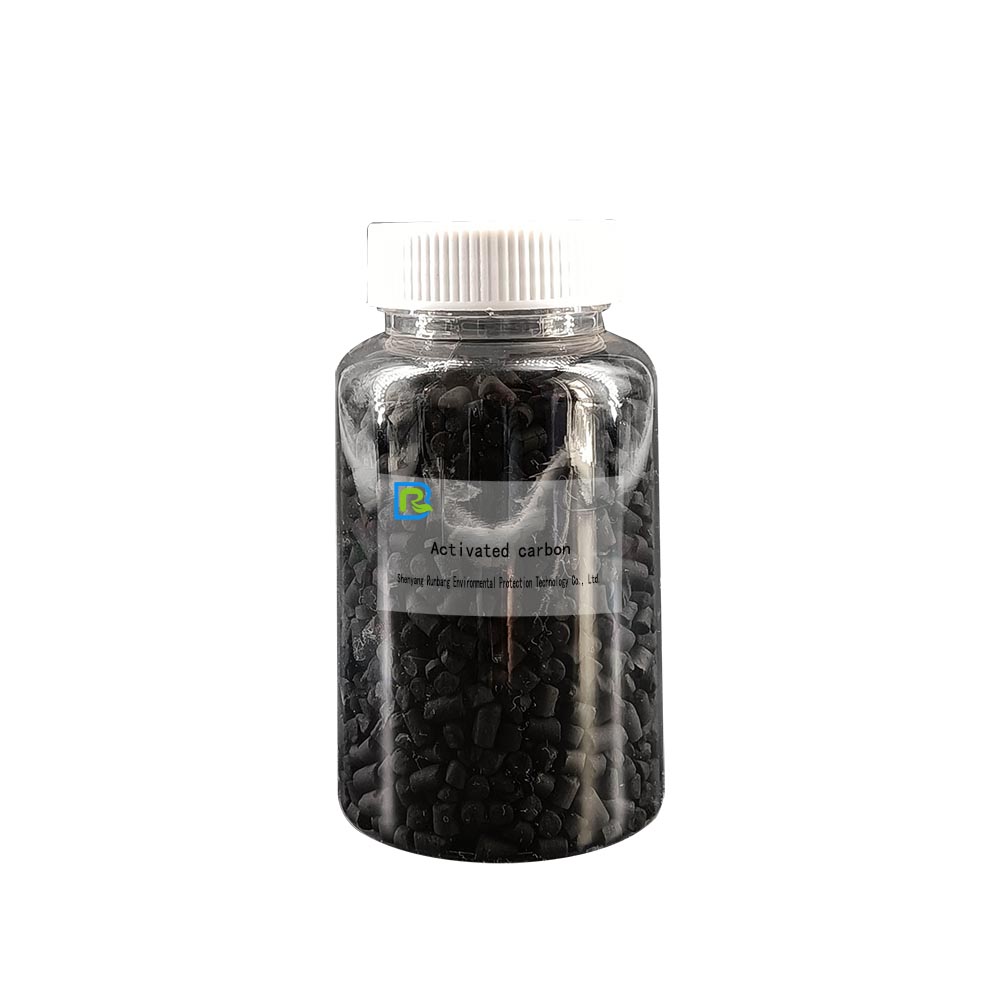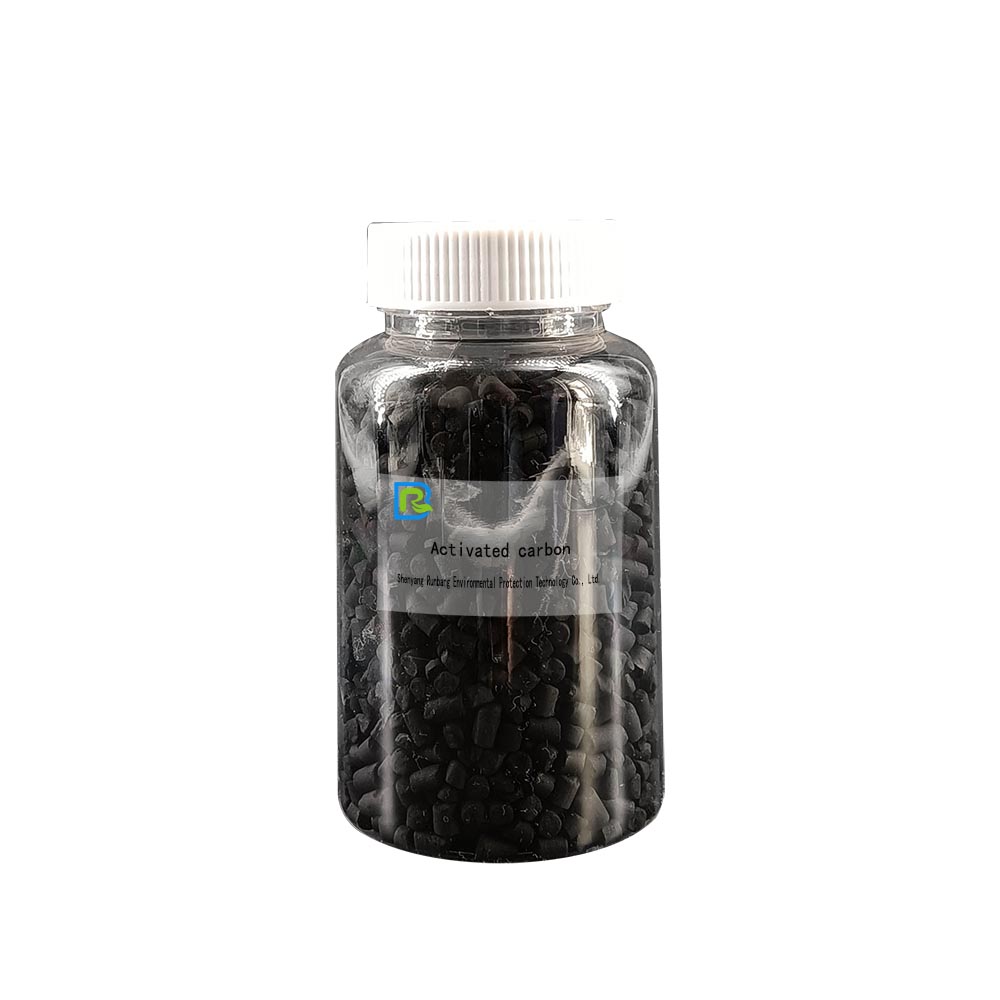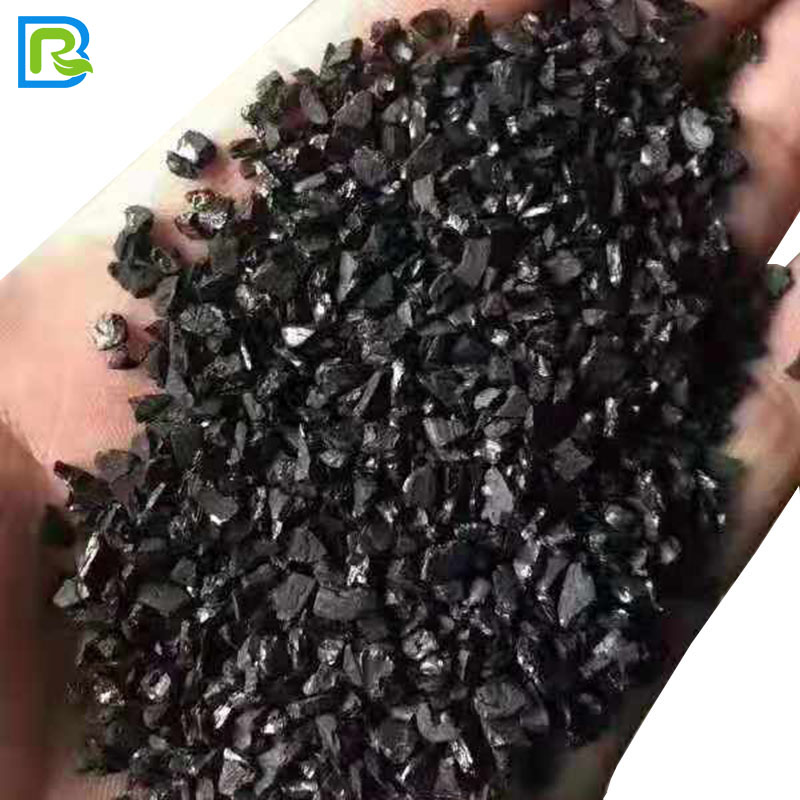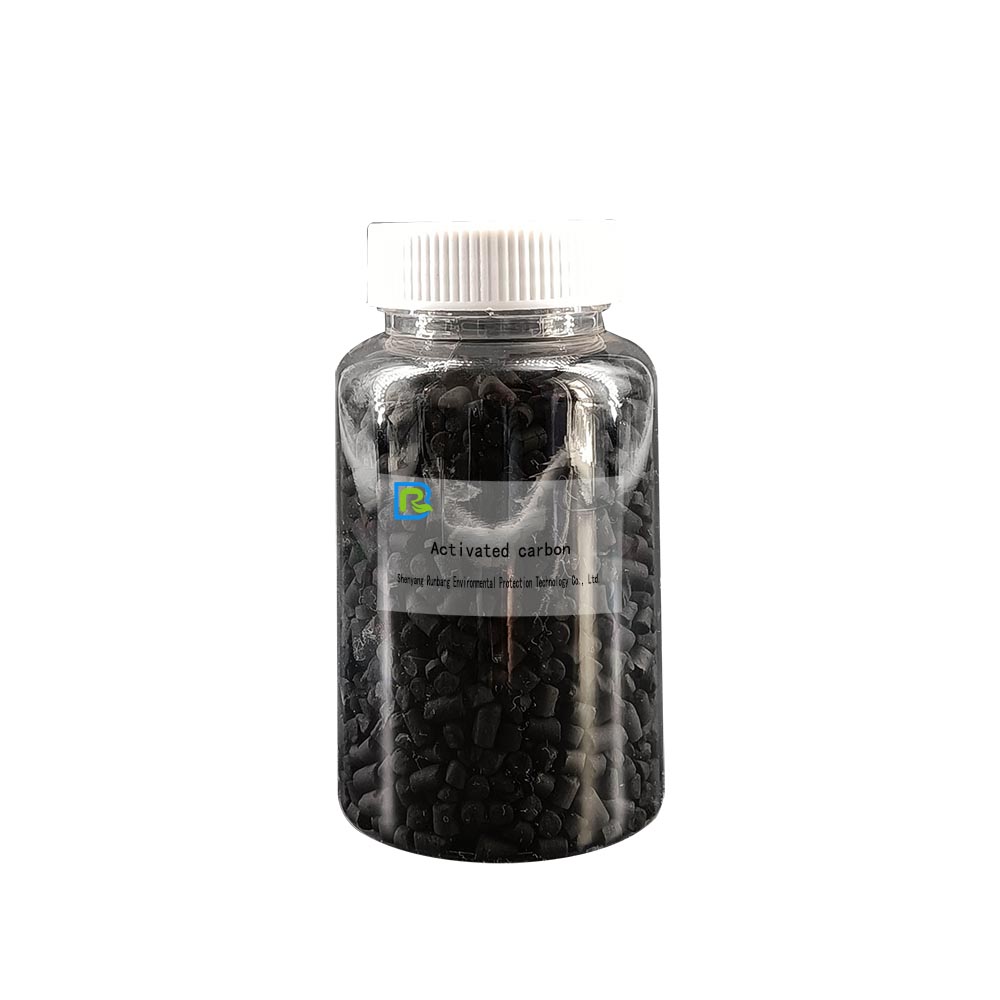-
Coconut shell activated carbon
Activated carbon is a specially treated carbon material created through carbonization and activation processes using organic raw materials. It possesses a highly porous structure with numerous small pores on its surface. With an impressive surface area of 500-1500 square meters per gram, activated carbon exhibits exceptional adsorption capabilities. This property makes it widely used in various applications, including air purification, water treatment, chemical removal, decolorization, and medical applications. Activated carbon is an efficient and renewable material that is environmentally friendly, contributing to the enhancement of quality of life.
Send Email Details -
Hot
Coal activated carbon
Activated carbon is made of high-quality coal, coconut shell and sawdust through a series of pro-duction processe black cylindrical particles are widely Used in gas treatment, sewage treatment, desulfurization And denitration, solvent recovery and nitrogen generato-Rair separation equipment, painting workshop and other Fields. In the purification of toxic gases, waste gas treat-ment, industrial and domestic water purificationtreat-ment and solvent recovery are also widely used.
Send Email Details -
Fruit shell activated carbon.
Activated carbon is a specially treated carbon in which organic raw materials (fruit shells, coal, wood, etc.) are heated under isolated air conditions to reduce the non-carbon components (a process called carbonization) and then react with gases to erode the surface and produce a microporous developed structure (a process called activation). Since the activation process is a microscopic process, i.e., the surface erosion of a large number of molecular carbons is a punctiform erosion, resulting in an activated carbon surface with numerous tiny pores. Most of the micro-pores on the surface of activated carbon are between 2 and 50 nm in diameter. Even a small amount of activated carbon has a huge surface area of 500~1500 m2 per gram of activated carbon, and almost all applications of activated carbon are based on this feature of activated carbon.
Send Email Details -
Hot
Customized activated carbon bag
Activated carbon is a specially treated carbon in which organic raw materials (fruit shells, coal, wood, etc.) are heated under isolated air conditions to reduce the non-carbon components (a process called carbonization) and then react with gases to erode the surface and produce a microporous developed structure (a process called activation). Since the activation process is a microscopic process, i.e., the surface erosion of a large number of molecular carbons is a punctiform erosion, resulting in an activated carbon surface with numerous tiny pores. Most of the micro-pores on the surface of activated carbon are between 2 and 50 nm in diameter. Even a small amount of activated carbon has a huge surface area of 500~1500 m2 per gram of activated carbon, and almost all applications of activated carbon are based on this feature of activated carbon.
Send Email Details

